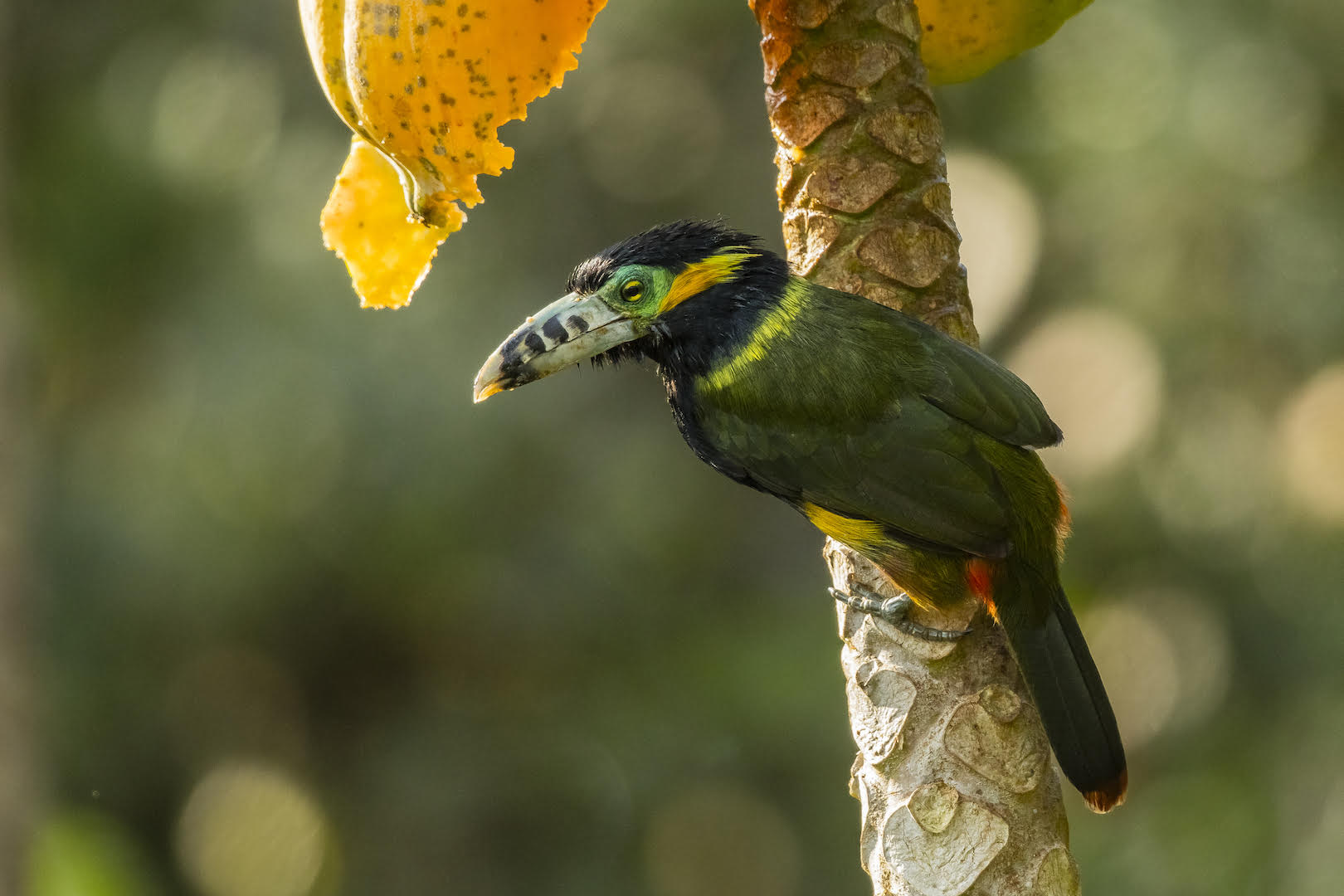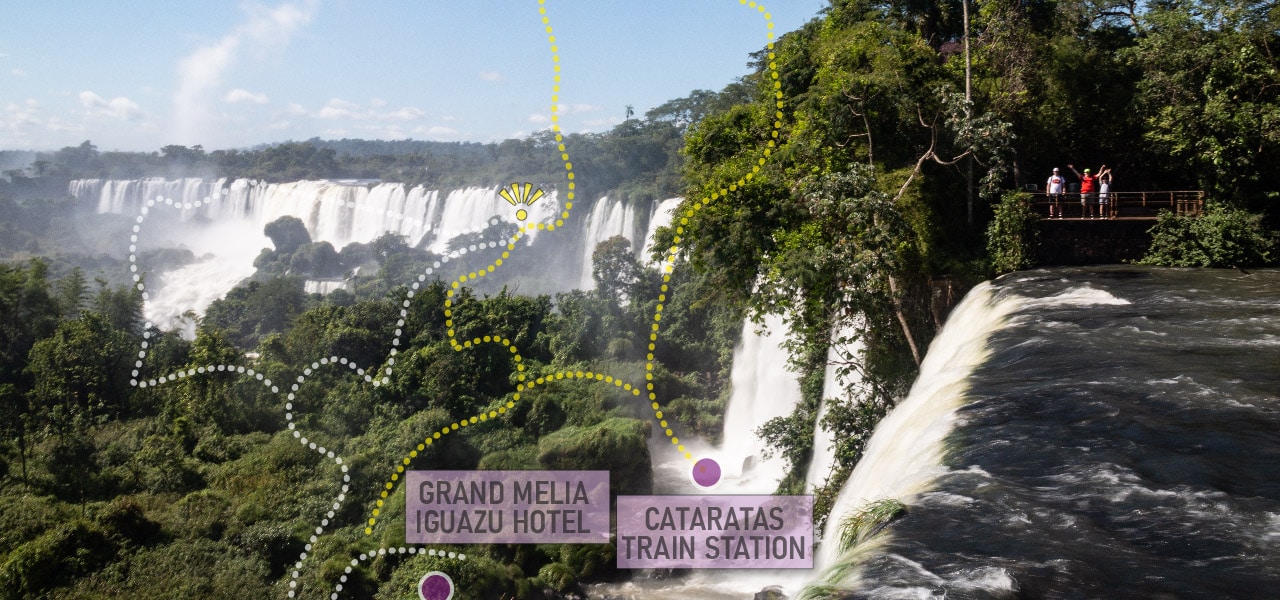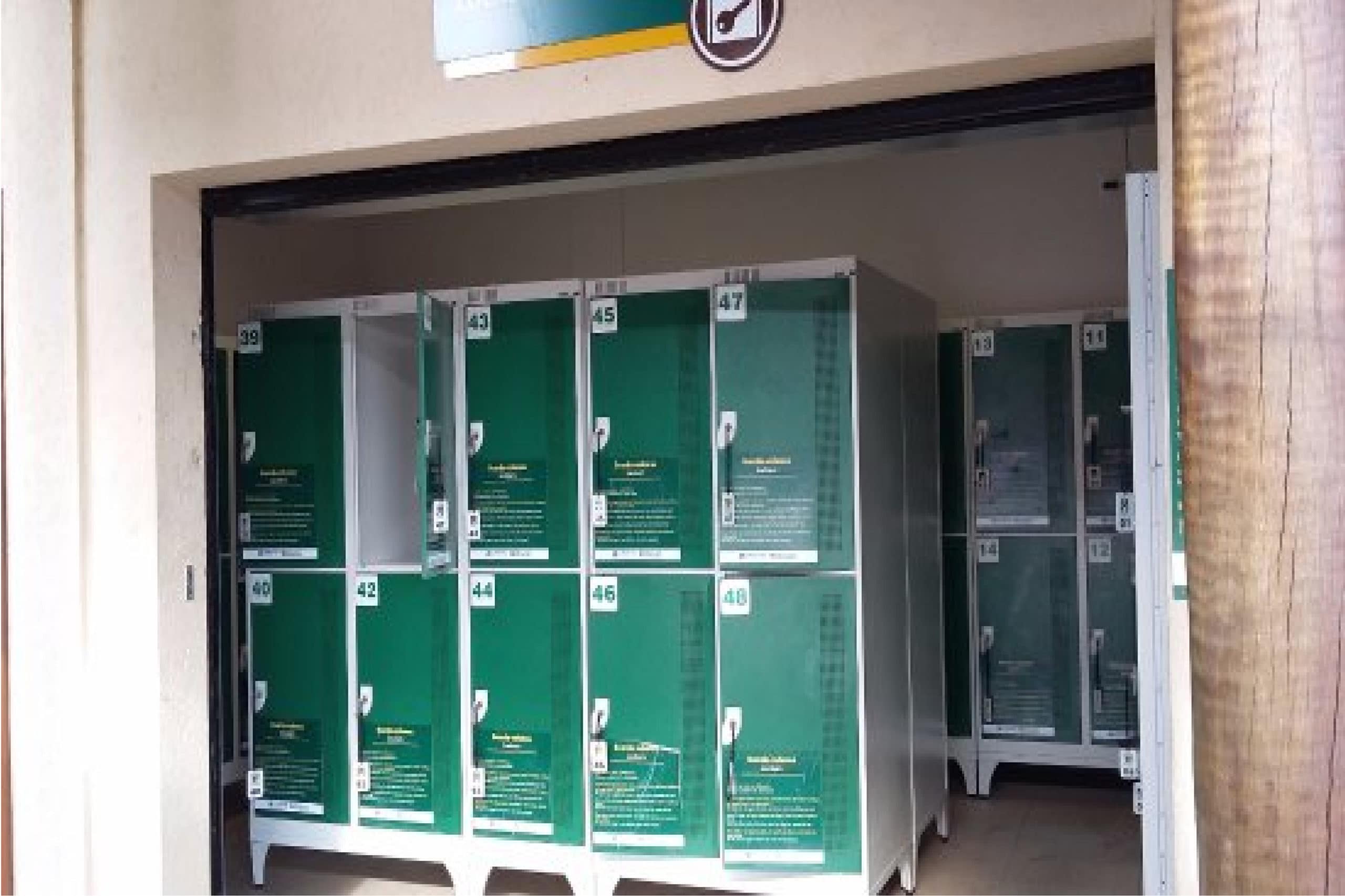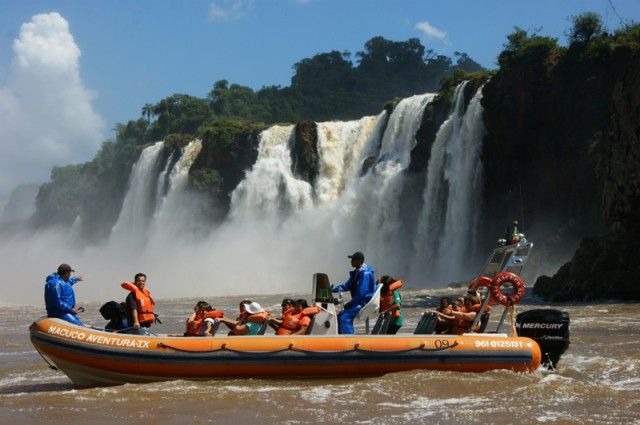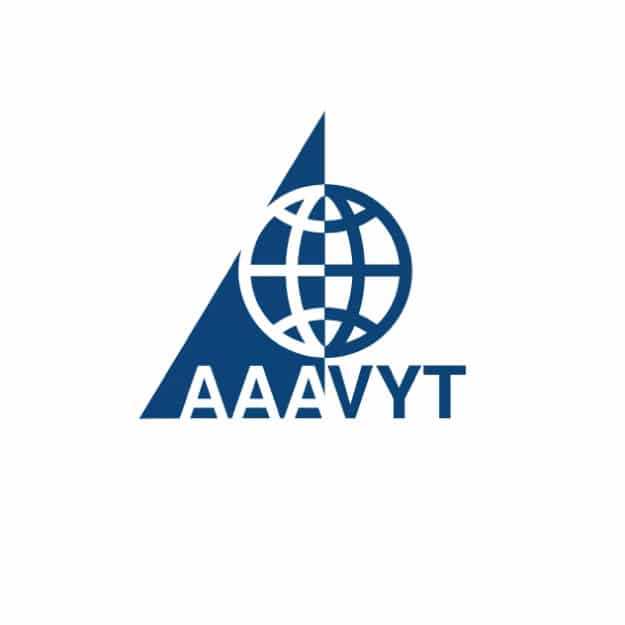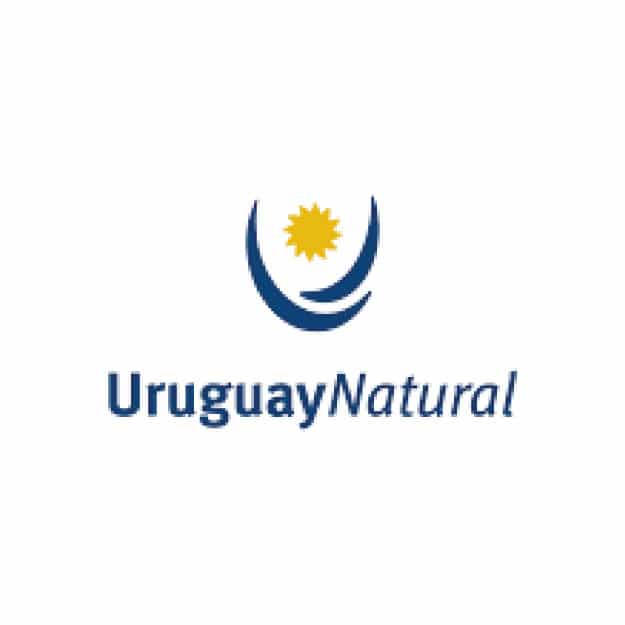Birdwatching in Iguazu Falls: A Jungle Paradise for Bird Lovers
Iguazu Falls is not only one of the most stunning destinations in South America—it’s also a paradise for birdwatchers. With over 320 bird species recorded in the area, this region offers one of the richest birding experiences in Argentina.
If you’re passionate about birds, the Iguazu jungle and the nearby Yacutinga Private Reserve are must-visit spots.
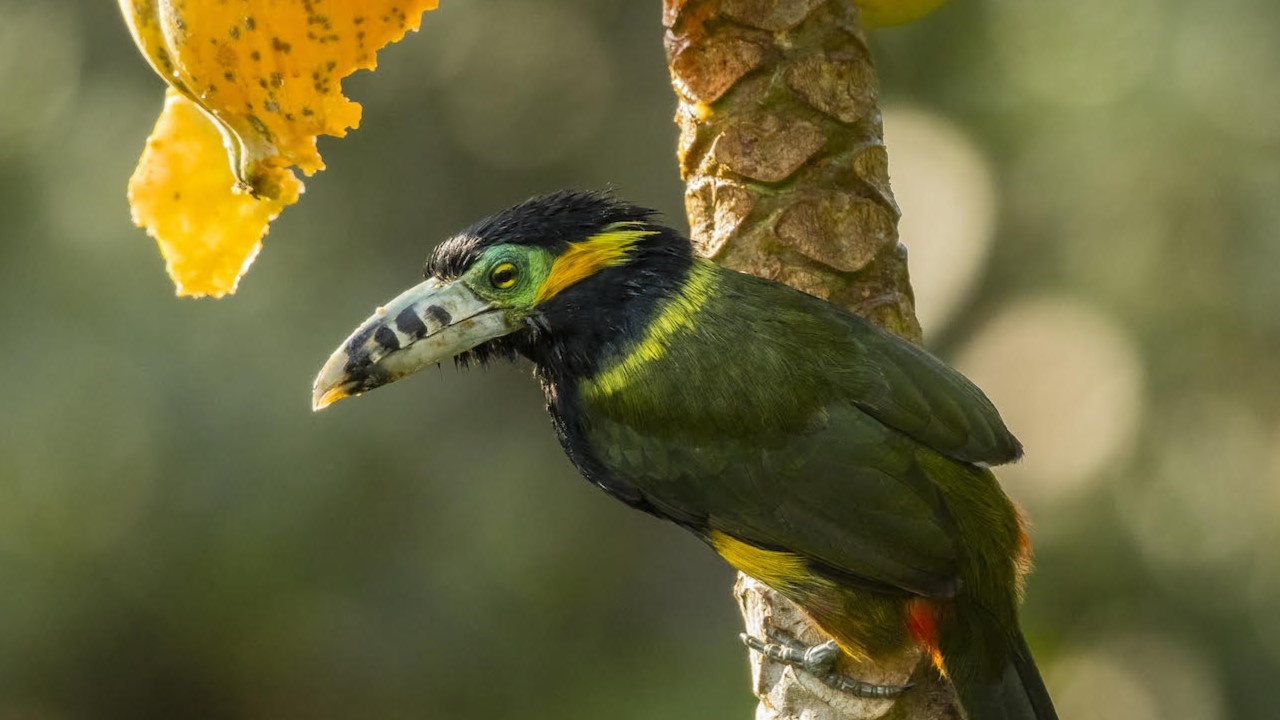
The Iguazu Jungle: A Biodiversity Hotspot
Located about 80 kilometers east of Iguazu Falls, the Yacutinga Reserve lies in the heart of the Parana Forest, one of the most biodiverse ecosystems in the country.
The forest’s unique characteristics—warm weather, constant humidity, and lush vegetation—create a natural greenhouse that supports a wide variety of bird species. Different tree layers provide shelter, food, and nesting sites, allowing for an incredible range of biodiversity.
-
High canopy (up to 30 meters): Home to large birds and fruit eaters
-
Intermediate layer (3–10 meters): Ideal for young trees, bamboo, and ferns
-
Lower stratum (up to 3 meters): Full of ground cover and broad-leafed plants
This rich structure allows birdwatchers to spot species across all layers of the jungle.
What Birds Can You Spot?
Here’s a sample of what you may see:
High forest species:
-
Rufous-thighed Kite, Rusty-margined Guan
-
Spot-billed and Saffron Toucanet
-
White-necked Puffbird, White-eyed Parakeet
Intermediate layers:
-
Black-throated and Surucua Trogons
-
Rufous Motmot, Blond-crested Woodpecker
-
White-throated and Planalto Woodcreeper
-
Manakins, Becards, Tyrannulets, and Tanagers
Ground and marshland birds:
-
Limpkin, Green Ibis, Wattled Jacana
-
Rufescent-Tiger Heron, Sungrebe, Swallow-tailed Manakin
-
Tinamous, Wood Rails, Antshrikes, Leafscrapers
Garden and open area species:
-
Blue-winged Parrotlet, Violet-capped Woodnymph
-
Chestnut-eared Aracari, Magpie Tanager, Plush-crested Jay
Birds of prey and swifts:
-
King Vulture, Swallow-tailed Kite
-
Ashy-tailed and Great Dusky Swifts
Nocturnal species:
-
Black-banded, Rusty-barred, and Mottled Owls
-
Tropical Screech-Owl, Pauraque, and Common Potoo
Where to Stay for Birdwatching in Iguazu
Yacutinga Lodge is the best place to stay if you’re looking for a dedicated birdwatching experience in the Iguazu area. Located deep in the jungle and just two hours from Puerto Iguazú, this eco-lodge offers specialized programs for bird lovers.
Transfers from Puerto Iguazú to the lodge are included in their programs, making your trip smooth and convenient.
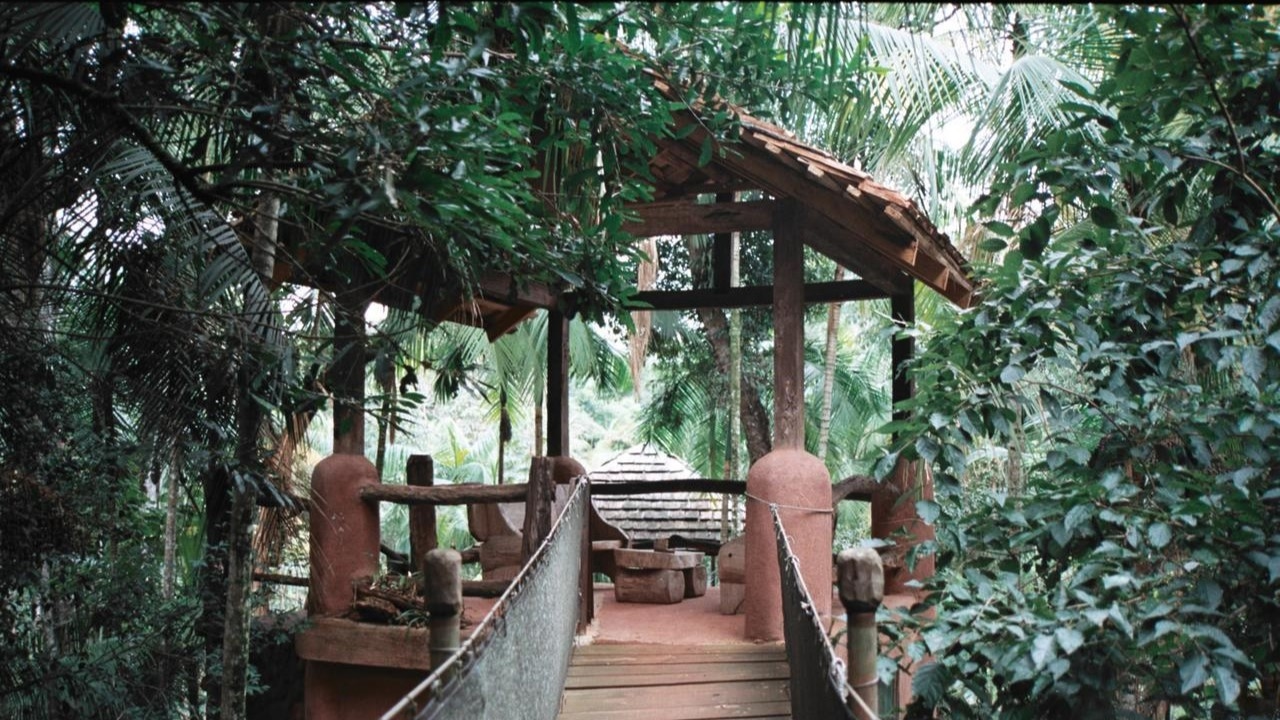
Birdwatching Program: Day-by-Day Itinerary
Day 1 – Puerto Iguazú to Yacutinga Lodge
2:30 PM – Departure through the Iguazú National Park
Arrival, welcome, and room assignment
Evening walk + Night observation for owls and nightjars
Day 2 – Yacutinga Lodge
Morning: Observation walk through marshland
Afternoon: Guazú trail exploration through forest
Evening: Dinner
Day 3 – Yacutinga Lodge
Full-day birding in various habitats
Navigation down Iguazú River + San Francisco Stream
Evening: Walk Tapir Trail at dusk
Return and dinner
Day 4 – Yacutinga Lodge
Morning: Observations on Chico Méndez and Timbó trails
Afternoon: Walk Pastura Trail at sunset
Evening: Dinner + Owling
Day 5 – Return to Puerto Iguazú
Early walk on Tacuara Trail
Return transfer to Puerto Iguazú at 10:00 AM
Arrival around 1:00 PM
Note: Itinerary may vary based on weather and bird activity.
Combine It With Your Visit to Iguazu Falls
You can book this birdwatching program before or after your visit to Iguazu Falls. We’ll take care of all the arrangements—just email us at info@ripioturismo.com and we’ll help plan your perfect trip.

